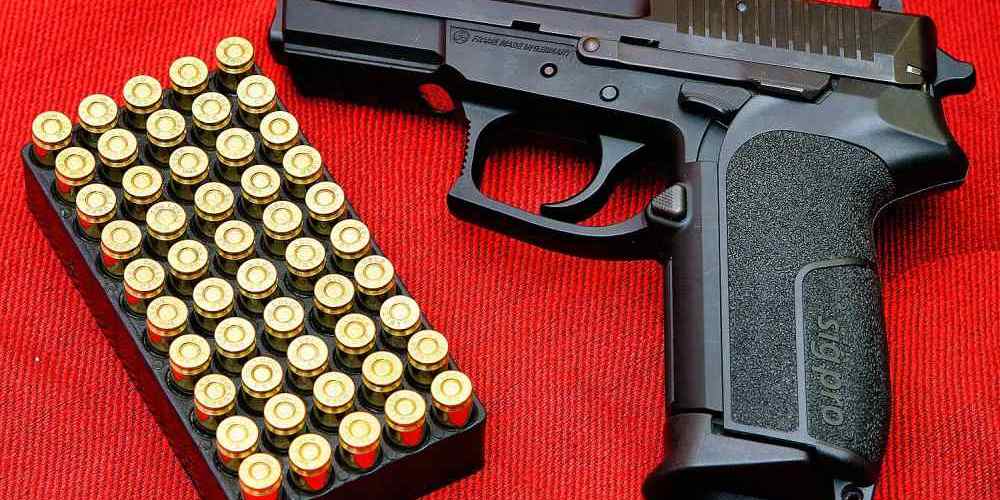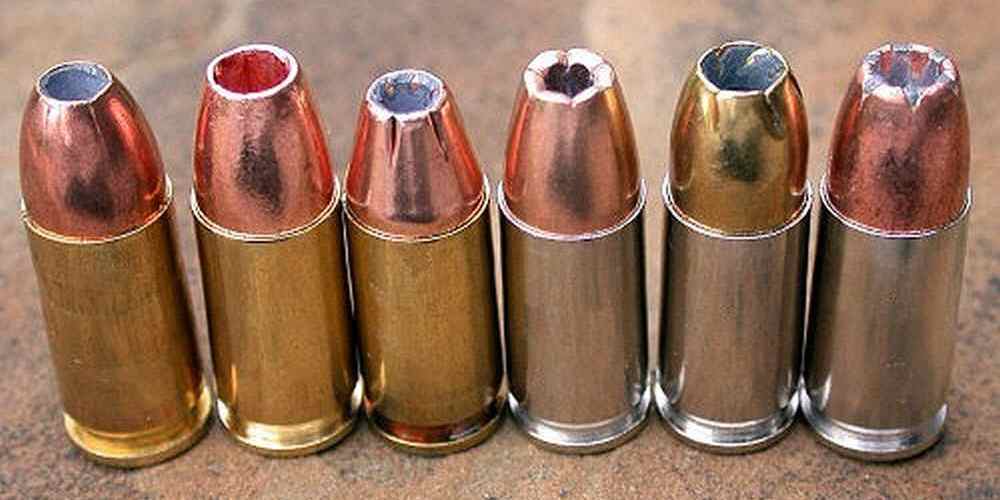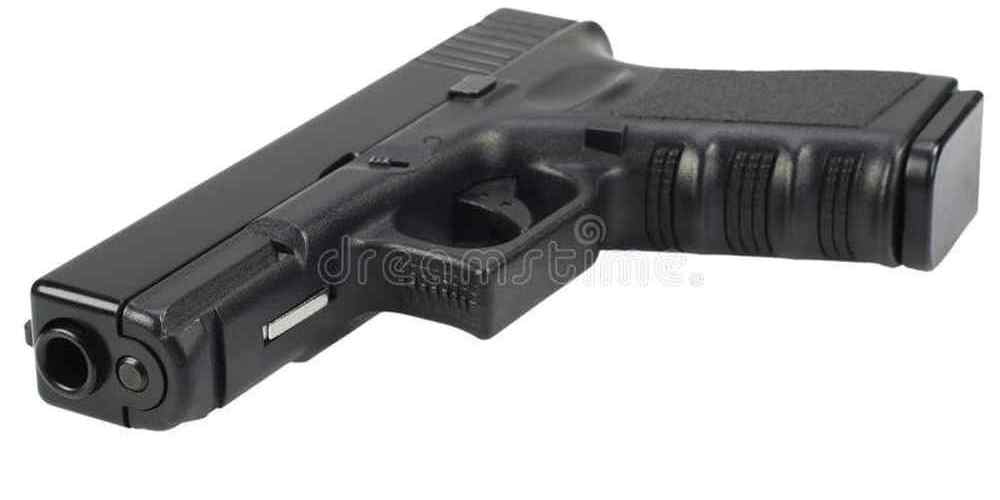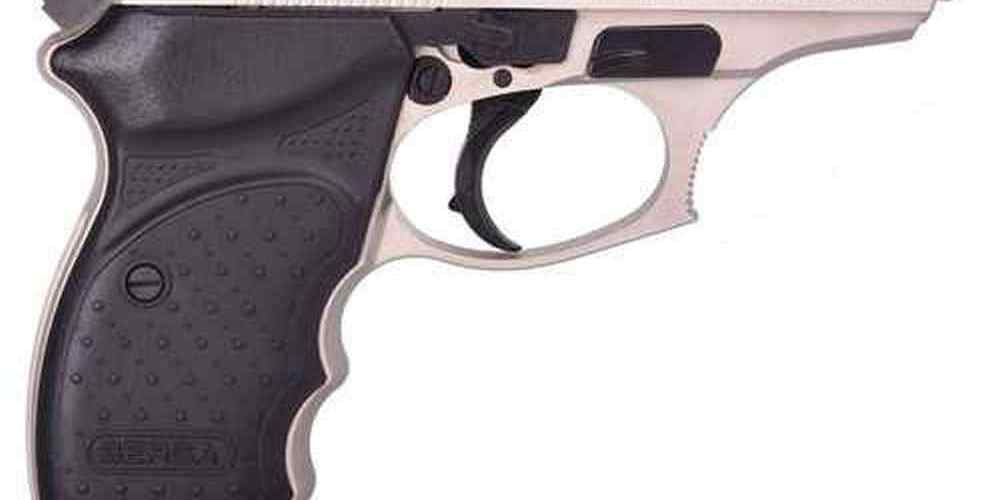“Stopping Power: The ultimate choice for law enforcement semi-auto ammunition.”
Benefits of Using Semi-Auto Ammunition for Law Enforcement
When it comes to law enforcement, having the right tools and equipment is crucial for ensuring the safety of officers and the public. One important aspect of law enforcement is the type of ammunition used in firearms. In recent years, there has been a shift towards using semi-automatic ammunition for law enforcement purposes. This shift has been driven by the many benefits that semi-auto ammunition offers over traditional ammunition types.
One of the key benefits of using semi-auto ammunition for law enforcement is its stopping power. Semi-auto ammunition is designed to deliver maximum impact and energy to the target, making it more effective at stopping threats quickly and efficiently. This is especially important in high-stress situations where split-second decisions can mean the difference between life and death.
Another benefit of semi-auto ammunition is its reliability. Semi-auto firearms are known for their consistent performance and minimal jamming, which is crucial in law enforcement situations where every shot counts. This reliability gives officers peace of mind knowing that their weapon will perform when they need it most.
In addition to stopping power and reliability, semi-auto ammunition also offers increased capacity. Semi-auto firearms typically have larger magazine capacities than traditional firearms, allowing officers to fire more rounds before needing to reload. This can be a significant advantage in situations where multiple shots are required to neutralize a threat.
Furthermore, semi-auto ammunition is easier to train with and more user-friendly than traditional ammunition types. The semi-auto firing mechanism is simpler and more intuitive, making it easier for officers to become proficient with their firearms. This ease of use can lead to improved accuracy and faster response times in high-pressure situations.
Overall, the benefits of using semi-auto ammunition for law enforcement are clear. From increased stopping power and reliability to larger capacity and ease of use, semi-auto ammunition offers a range of advantages that can help officers perform their duties more effectively and safely.
In conclusion, the shift towards using semi-auto ammunition for law enforcement is a positive development that can enhance the capabilities of officers in the field. By providing increased stopping power, reliability, capacity, and ease of use, semi-auto ammunition is a valuable tool for law enforcement agencies looking to improve their effectiveness and protect their communities.
Comparison of Stopping Power in Different Types of Ammunition
When it comes to law enforcement, having the right ammunition can make all the difference in a life or death situation. One of the most popular choices for law enforcement agencies is semi-automatic ammunition. Semi-auto ammunition offers a high level of stopping power, making it a reliable choice for officers in the line of duty.
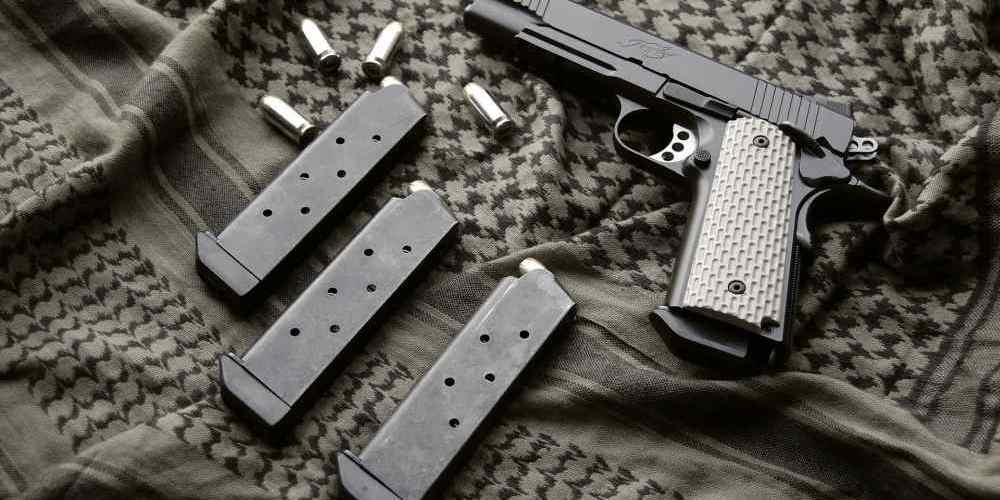
One of the key advantages of semi-auto ammunition is its ability to deliver multiple rounds quickly and accurately. This can be crucial in a high-stress situation where split-second decisions can mean the difference between life and death. With semi-auto ammunition, officers can quickly engage multiple targets without having to manually chamber a new round after each shot.
In addition to its rapid-fire capabilities, semi-auto ammunition also offers superior stopping power compared to other types of ammunition. This is due to the higher velocity and energy transfer of semi-auto rounds, which can incapacitate a threat more effectively than slower-moving ammunition. This can be especially important when facing heavily armed suspects or individuals under the influence of drugs or alcohol.
Another advantage of semi-auto ammunition is its versatility. Semi-auto firearms can be chambered in a wide range of calibers, allowing officers to choose the best option for their specific needs. Whether it’s a smaller caliber for everyday carry or a larger caliber for more dangerous situations, semi-auto ammunition offers a variety of options to suit any situation.
When comparing stopping power between different types of ammunition, it’s important to consider factors such as bullet weight, velocity, and energy transfer. Semi-auto ammunition typically offers higher velocities and energy transfer compared to other types of ammunition, resulting in greater stopping power. This can be crucial in situations where officers need to quickly neutralize a threat to protect themselves and others.
While semi-auto ammunition offers many advantages, it’s important for law enforcement agencies to consider the potential drawbacks as well. One of the main concerns with semi-auto firearms is their higher recoil compared to other types of firearms. This can affect accuracy and follow-up shots, especially for officers with less experience or training.
Another consideration is the cost of semi-auto ammunition, which can be higher than other types of ammunition. This can be a factor for agencies with limited budgets, as the cost of training and equipping officers with semi-auto firearms and ammunition can add up quickly.
Despite these potential drawbacks, the superior stopping power and versatility of semi-auto ammunition make it a popular choice for law enforcement agencies around the world. With the ability to quickly engage multiple targets and deliver incapacitating shots, semi-auto ammunition is a reliable option for officers in high-stress situations.
In conclusion, semi-auto ammunition offers a high level of stopping power and versatility for law enforcement officers. With its ability to deliver multiple rounds quickly and accurately, semi-auto ammunition is a reliable choice for officers facing dangerous situations. While there are potential drawbacks to consider, the benefits of semi-auto ammunition make it a popular choice for agencies looking to equip their officers with the best tools for the job.
Importance of Stopping Power in Law Enforcement Situations
When it comes to law enforcement, one of the most critical factors to consider is stopping power. Stopping power refers to the ability of a bullet to incapacitate a threat quickly and effectively. In high-stress situations where split-second decisions can mean the difference between life and death, having ammunition with superior stopping power is essential.
Semi-automatic firearms are commonly used by law enforcement officers due to their rapid-fire capabilities and ease of use. However, the effectiveness of a semi-automatic weapon is only as good as the ammunition it is loaded with. Choosing the right ammunition can make all the difference in a life-threatening situation.
One of the key factors that determine stopping power is the caliber of the bullet. Caliber refers to the diameter of the bullet, with larger calibers generally having more stopping power. However, it is not just the size of the bullet that matters, but also the design and construction of the bullet itself.
Hollow point bullets are a popular choice for law enforcement officers due to their ability to expand upon impact, creating a larger wound channel and increasing the likelihood of incapacitating the threat. This expansion also helps to prevent over-penetration, reducing the risk of collateral damage.
Another important consideration when choosing ammunition for law enforcement is the velocity of the bullet. Higher velocity bullets tend to have better penetration and can cause more damage upon impact. However, it is crucial to strike a balance between velocity and control, as bullets that are too fast may be difficult to control and may not be as accurate.
In addition to caliber, bullet design, and velocity, the weight of the bullet also plays a role in stopping power. Heavier bullets tend to have more momentum and can penetrate deeper into the target, while lighter bullets may fragment upon impact, causing more damage to vital organs.
When it comes to semi-automatic firearms, reliability is key. Law enforcement officers need to be able to trust that their ammunition will feed reliably and consistently, without any malfunctions that could put their lives at risk. Quality control is essential when selecting ammunition for law enforcement use, as even a minor defect can have catastrophic consequences.
Training is also crucial when it comes to using semi-automatic firearms effectively. Law enforcement officers must be proficient in handling their weapons and be able to make quick and accurate shots under pressure. Regular training and practice with their chosen ammunition can help officers become more familiar with their weapons and improve their marksmanship skills.
In conclusion, stopping power is a critical factor in law enforcement situations, and choosing the right ammunition for semi-automatic firearms can make all the difference. Caliber, bullet design, velocity, weight, reliability, and training all play a role in determining the effectiveness of a bullet in stopping a threat. By selecting high-quality, reliable ammunition and investing in regular training, law enforcement officers can ensure that they are prepared to handle any situation that comes their way.
Factors Affecting Stopping Power in Semi-Auto Ammunition
When it comes to law enforcement, having the right ammunition can make all the difference in a life or death situation. One of the key factors that law enforcement officers consider when choosing ammunition is stopping power. Stopping power refers to the ability of a bullet to incapacitate a threat and prevent further harm. In this article, we will explore the factors that affect stopping power in semi-auto ammunition for law enforcement.
One of the most important factors that affect stopping power is bullet design. The shape and weight of a bullet can greatly impact its ability to stop a threat. Hollow point bullets, for example, are designed to expand upon impact, creating a larger wound channel and increasing the likelihood of incapacitating a threat. This expansion also helps to transfer more energy to the target, increasing the stopping power of the bullet.
Another factor that affects stopping power is bullet velocity. The speed at which a bullet travels can impact its ability to penetrate and incapacitate a threat. Higher velocity bullets tend to have more energy and can cause more damage upon impact. However, it is important to strike a balance between velocity and bullet weight, as bullets that are too light and too fast may over-penetrate and not transfer enough energy to the target.
Bullet construction is also a key factor in determining stopping power. Bullets that are constructed with a jacketed hollow point design are often preferred by law enforcement officers for their ability to expand upon impact and create a larger wound channel. This expansion helps to increase the likelihood of incapacitating a threat and preventing further harm.
In addition to bullet design, velocity, and construction, the caliber of the bullet also plays a role in stopping power. Caliber refers to the diameter of the bullet, with larger calibers typically having more stopping power. However, it is important to consider factors such as recoil and shot placement when choosing a caliber, as larger calibers may be more difficult to control and may not be as accurate in high-stress situations.
Shot placement is perhaps the most important factor in determining stopping power. A well-placed shot to a vital area such as the heart or brain is more likely to incapacitate a threat than a poorly placed shot to a non-vital area. Law enforcement officers undergo extensive training to ensure that they can accurately place shots under high-stress situations, increasing the likelihood of stopping a threat with minimal collateral damage.
In conclusion, stopping power is a critical factor to consider when choosing semi-auto ammunition for law enforcement. Factors such as bullet design, velocity, construction, caliber, and shot placement all play a role in determining the ability of a bullet to incapacitate a threat and prevent further harm. By carefully considering these factors and selecting the right ammunition, law enforcement officers can increase their chances of stopping a threat quickly and effectively.
Training and Techniques for Maximizing Stopping Power with Semi-Auto Ammunition
When it comes to law enforcement, having the right ammunition can make all the difference in a life or death situation. Semi-automatic firearms are a popular choice for many officers due to their rapid-fire capabilities and ease of use. However, not all ammunition is created equal when it comes to stopping power. In this article, we will explore the importance of selecting the right ammunition for semi-automatic firearms and techniques for maximizing stopping power in law enforcement situations.
One of the key factors to consider when selecting ammunition for semi-automatic firearms is the caliber. Caliber refers to the diameter of the bullet and can have a significant impact on stopping power. In general, larger caliber bullets tend to have more stopping power than smaller caliber bullets. For law enforcement officers, it is important to select a caliber that is powerful enough to incapacitate a threat quickly and effectively.
Another important factor to consider when selecting ammunition for semi-automatic firearms is the type of bullet. Hollow point bullets are a popular choice for law enforcement officers due to their ability to expand upon impact, creating a larger wound channel and increasing the likelihood of incapacitating a threat. Full metal jacket bullets, on the other hand, are less likely to expand upon impact and may not be as effective at stopping a threat quickly.
In addition to selecting the right caliber and type of bullet, law enforcement officers must also be trained in techniques for maximizing stopping power with semi-automatic ammunition. One important technique is shot placement. In a high-stress situation, it can be difficult to aim accurately, so officers must be trained to aim for the center mass of the target to increase the likelihood of hitting vital organs and incapacitating the threat.
Another important technique for maximizing stopping power with semi-automatic ammunition is follow-up shots. In a life or death situation, it may be necessary to fire multiple rounds to incapacitate a threat. Law enforcement officers must be trained to quickly assess the effectiveness of their shots and adjust their aim as needed to ensure the threat is neutralized.
It is also important for law enforcement officers to be trained in proper maintenance and care of their firearms and ammunition. Dirty or damaged ammunition can cause malfunctions that could be deadly in a high-stress situation. Officers must be diligent in inspecting their ammunition regularly and replacing any damaged or expired rounds.
In conclusion, selecting the right ammunition for semi-automatic firearms and training in techniques for maximizing stopping power are crucial for law enforcement officers. By choosing the right caliber and type of bullet, practicing shot placement and follow-up shots, and maintaining their firearms and ammunition properly, officers can increase their chances of neutralizing a threat quickly and effectively. Stopping power is a critical factor in law enforcement, and officers must be prepared to use the best ammunition and techniques available to protect themselves and the public.




